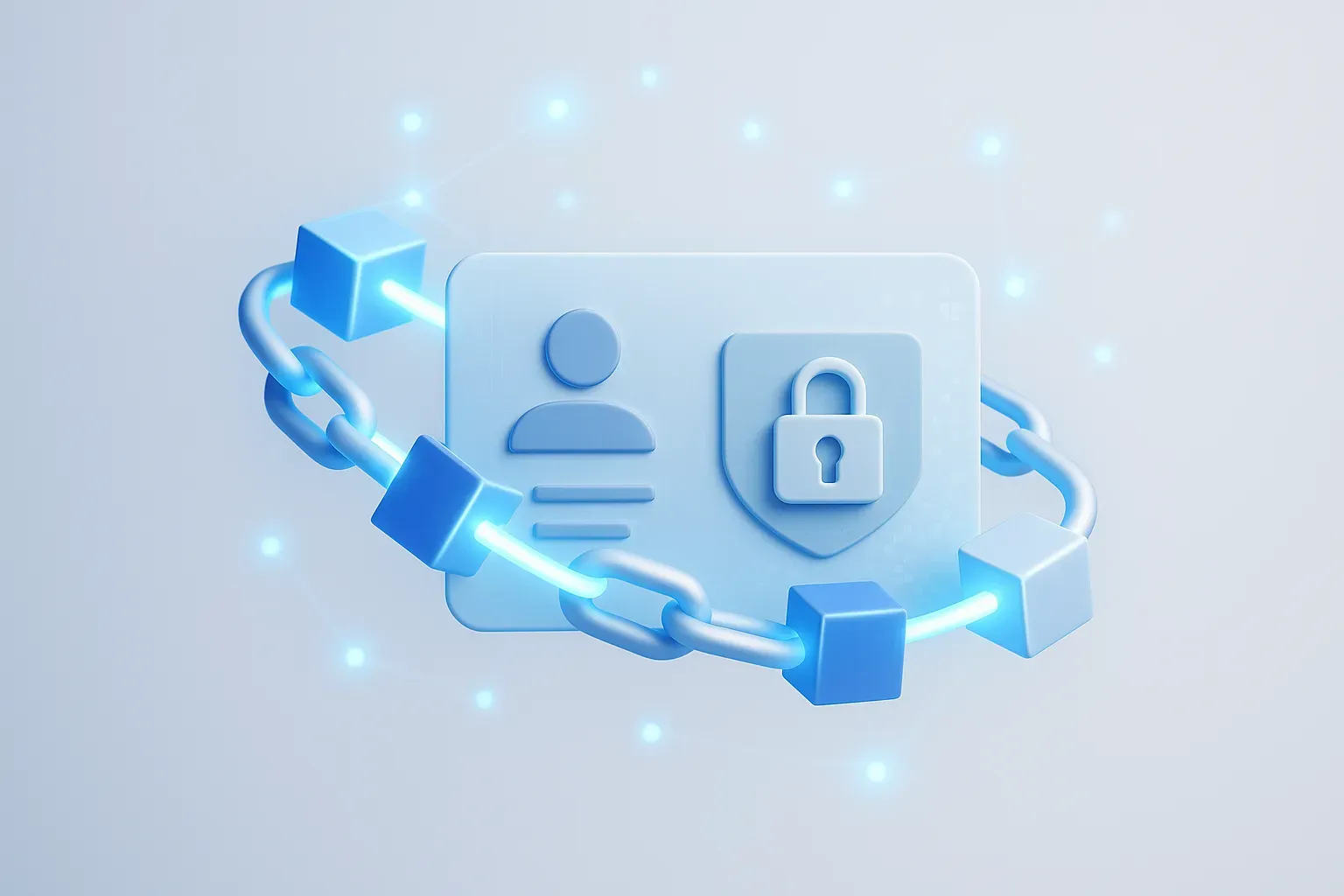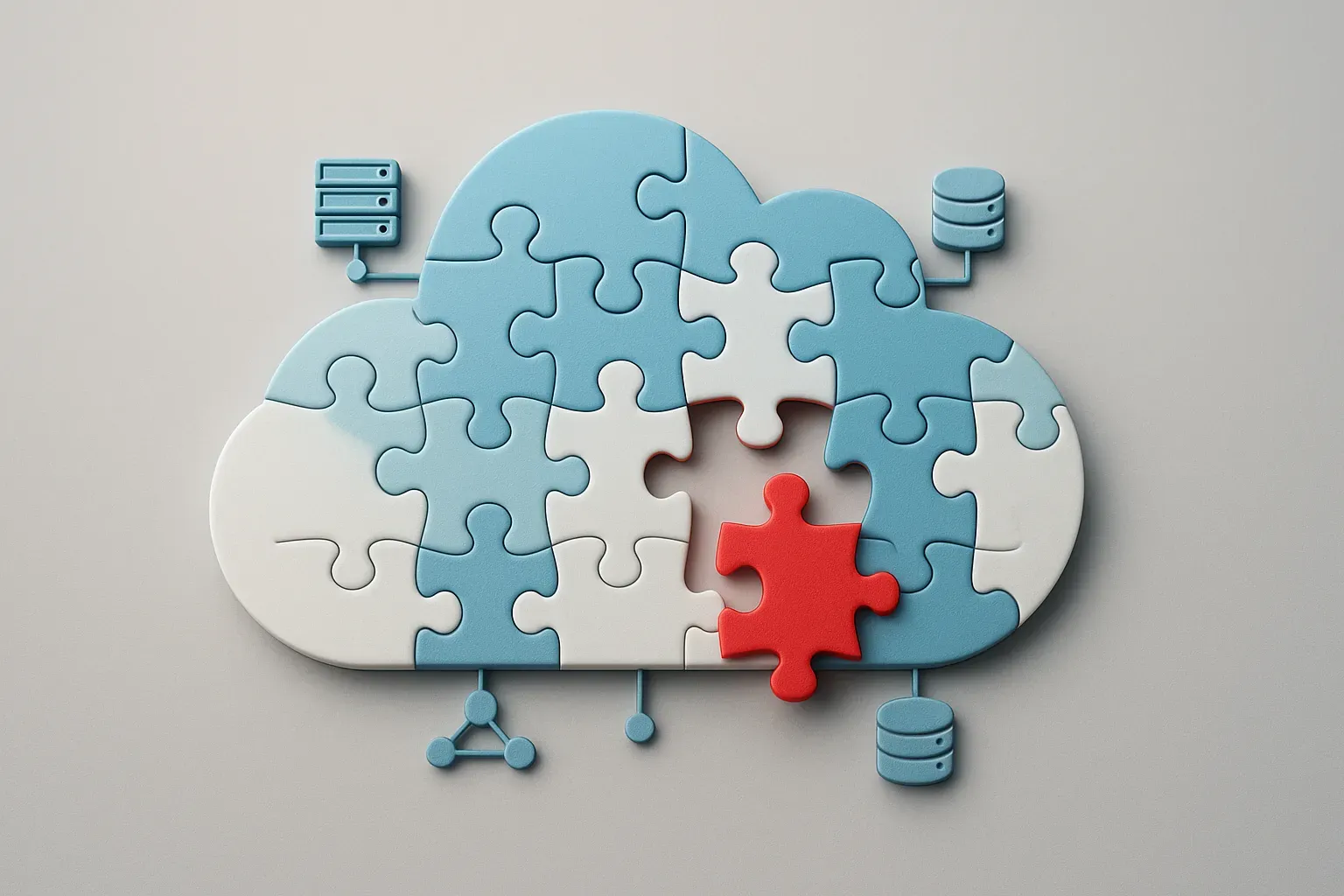Cloud services offer numerous benefits, but unexpected costs can quickly add up. This article explores practical strategies to address these hidden expenses in cloud computing. Drawing on insights from industry experts, it provides actionable tips to help businesses optimize their cloud spending and maximize their return on investment.
- Tackle Data Transfer Fees Across Regions
- Manage Log Storage Costs Effectively
- Optimize Synthetic Monitoring with Middleware
- Reduce Data Egress Expenses Strategically
- Implement Caching to Cut Transfer Costs
- Address Unexpected Data Storage Costs
- Localize Storage to Minimize Egress Charges
- Choose Targeted Security Solutions for Savings
- Smart Data Architecture Reduces Cloud Expenses
Tackle Data Transfer Fees Across Regions
One unexpected cost I encountered with cloud services was data transfer fees, especially when moving data across regions. For example, when deploying an application on AWS, I initially selected multiple availability zones from different areas to enforce redundancy. However, I failed to note the exorbitant charges for cross-region data transfer, which unexpectedly skyrocketed our bills every month.
I worked on mitigating the issue through several steps: first, I reviewed the application architecture to reduce inter-region communication; next, based on latency concerns, I consolidated resources in fewer regions; and then, I implemented caching and local processing to minimize frequent data movement.
I implemented a monitoring system with alerts for real-time updates on data transfer costs. This reduced costs while maintaining performance and reliability. I learned that understanding cloud pricing and actively monitoring costs help avoid unexpected bills.
 Dhari Alabdulhadi
Dhari Alabdulhadi
CTO and Founder, Ubuy Peru
Manage Log Storage Costs Effectively
One unexpected cost we encountered with a cloud-based service was log storage. The system was keeping detailed logs by default, and over a few months, the storage size quietly ballooned. There were no alerts, just a spike in our bill.
We discovered we were paying for long-term data retention that we didn’t need. Consequently, we collaborated with our DevOps team to set up automated log rotation. We reduced retention to 14 days and moved older logs to cheaper cold storage. We also implemented better tagging across services to monitor usage more effectively.
Since then, we’ve made it a habit to review all cloud costs quarterly—not just compute, but storage, data transfer, and hidden fees. That one adjustment saved us a significant amount over time. It serves as a good reminder: the default settings aren’t always the most appropriate ones.
 Vikrant Bhalodia
Vikrant Bhalodia
Head of Marketing & People Ops, WeblineIndia
Optimize Synthetic Monitoring with Middleware
One of our customers was using Datadog for observability and ran into unexpectedly high costs—specifically related to synthetic monitoring and cross-region data egress. They had set up synthetic tests across multiple geographies, which seemed minor at first, but the data transfer and retention costs quickly added up. Their monthly bill was way beyond what they’d budgeted. The worst part? They couldn’t pinpoint exactly why it was happening because of opaque pricing and limited cost breakdowns.
That’s when they decided to try our platform. Within the first week, they got granular visibility into their resource usage, plus real-time alerts on budget thresholds. By optimizing test frequency and localizing data collection, they cut their monitoring costs by over 35%. What really helped was our transparent pricing and usage insights—it gave them back control over their cloud spend, without compromising on observability.
 Laduram Vishnoi
Laduram Vishnoi
Founder & CEO at Middleware (Yc W23). Creator and Investor, Middleware
Reduce Data Egress Expenses Strategically
When I first moved our operations to a cloud-based service, the one cost that caught me off guard was the expense linked to data egress. Basically, it’s the fees you incur when you move your data out of the cloud to another location. This became especially noticeable when we needed to back up substantial amounts of data or when transferring large datasets to partners for analysis.
To tackle this, I started by thoroughly investigating the cloud provider’s pricing model to understand exactly what triggers these costs. I restructured our data access and transfer routines to minimize unnecessary movements. For instance, instead of multiple small transfers, I planned fewer, larger batches. At the same time, by using more of the cloud provider’s own tools and services internally, which often didn’t count towards egress fees, we managed to reduce unexpected charges. Always make sure to understand the full scope of the pricing structure—it can save you from surprises and help keep your cloud budget in check.
 Alex Cornici
Alex Cornici
Marketing & PR Coordinator, Magic Hour AI
Implement Caching to Cut Transfer Costs
One unexpected cost I encountered while using a cloud-based service was data egress fees. Initially, we weren’t aware of how much we’d be charged for transferring data out of the cloud to users. For instance, during a product launch, our user base doubled overnight, causing a spike in data transfer costs that added thousands to our monthly bill. To manage this, I collaborated with the tech team to implement caching layers closer to our users and optimized both the frequency and volume of data being transferred. We also renegotiated with our provider for a more favorable data transfer plan aligned with our growth projections. These changes cut our egress costs by nearly 40% within two months and taught me the importance of factoring in indirect cloud costs—not just compute and storage—when budgeting for cloud services.
 Nikita Sherbina
Nikita Sherbina
Co-Founder & CEO, AIScreen
Address Unexpected Data Storage Costs
When we first launched our matching platform, we underestimated the data storage costs that would accumulate as our user base grew. Our cloud provider charged not just for storage but for data transfer and API calls, which created a surprising spike in our monthly bill once we hit around 500 active eCommerce businesses on the platform.
The tipping point came during Q4 last year when holiday order volumes surged, and our system was processing thousands of additional data points from our 3PL network. Our cloud bill nearly tripled that month! As a former 3PL operator myself, I understood operational cost spikes, but this caught us off guard in the digital realm.
We took three immediate steps to address it:
First, we implemented a data retention policy, archiving historical matching data that wasn’t actively needed. We had been keeping everything “just in case,” but realized much of it was rarely accessed.
Second, we refactored our code to batch API calls more efficiently. Our developers discovered we were making redundant calls whenever merchants updated their requirements. By optimizing this process, we reduced our API costs by nearly 40%.
Finally, we negotiated with our cloud provider for a reserved instance commitment, trading flexibility for significant cost savings on our predictable base usage.
The experience taught me that cloud costs behave similarly to warehouse costs – seemingly small inefficiencies compound dramatically at scale. Just as I’ve advised countless eCommerce brands to optimize their pick-and-pack processes, we needed to optimize our digital operations. The lesson was valuable: in cloud services, as in logistics, you must continuously monitor and refine your processes to prevent unexpected costs from eroding your margins.
 Joe Spisak
Joe Spisak
CEO, Fulfill.com
Localize Storage to Minimize Egress Charges
One common unexpected cost comes from data egress—especially when large datasets are moved out of the cloud or between regions. It can sneak up quickly when backups, analytics, or multi-region syncs aren’t tightly controlled.
A practical fix is setting strict budgets and alerts, then reviewing data flow patterns. One approach is to localize storage and processing—keeping compute and data in the same region. It also helps to enable caching layers or CDN for outbound-heavy apps. Simply understanding your bill breakdown monthly can reveal easy wins.
 Vipul Mehta
Vipul Mehta
Co-Founder & CTO, WeblineGlobal
Choose Targeted Security Solutions for Savings
One unexpected cost arose while we were designing a client’s Azure security setup. The client initially chose Azure Firewall, a common choice that appeared affordable based on Microsoft’s pricing documentation. However, once we factored in the actual traffic characteristics and regional deployment specifics, the cost ended up much higher than anticipated – and beyond the client’s budget.
We took a step back, re-evaluated what truly needed protection, and identified that only one web application required enhanced security. Consequently, we switched to Azure Web Application Firewall (WAF), a more cost-efficient alternative for that specific need. By adjusting the protection design early and opting for this lighter, targeted service, we reduced costs without compromising security. This served as a good reminder that in cloud architecture, fit-for-purpose solutions often outperform default options.
 Andy Lipnitski
Andy Lipnitski
It Director, ScienceSoft
Smart Data Architecture Reduces Cloud Expenses
I believe that one of the most unexpected costs associated with cloud-based services is data egress, which is the cost of moving data out of the provider’s environment. We encountered this issue when integrating our test data pipeline with a third-party analytics tool hosted outside our main cloud provider.
Initially, the volume seemed manageable. However, once we began running parallel test batches and exporting logs for analysis, our egress charges increased by over 40 percent in just two weeks. The bill caught us by surprise.
To address this issue, we implemented three changes. First, we relocated the analytics closer to the data by utilizing native services within our cloud provider. Second, we compressed and batched exports to reduce transfer frequency. Third, we established usage alerts to flag sudden spikes early.
This experience taught us that cloud computing is not just about storage or compute resources. It is about implementing smart data architecture.
 Vivek Nair
Vivek Nair
Co-Founder, BotGauge













